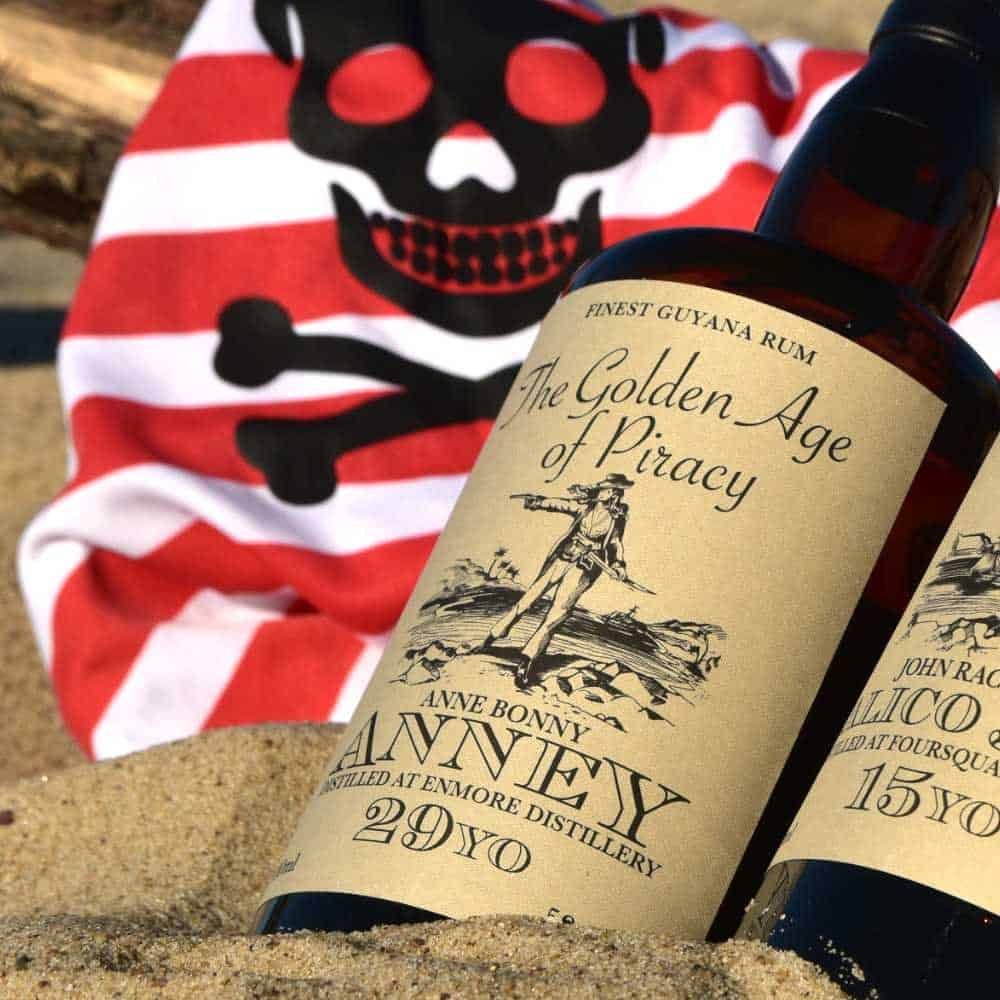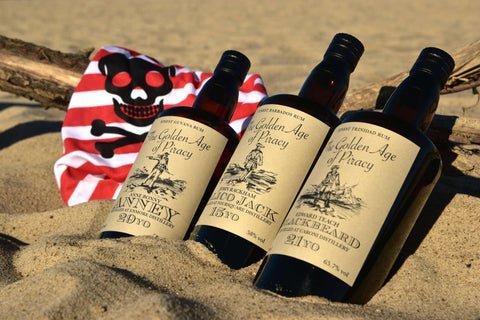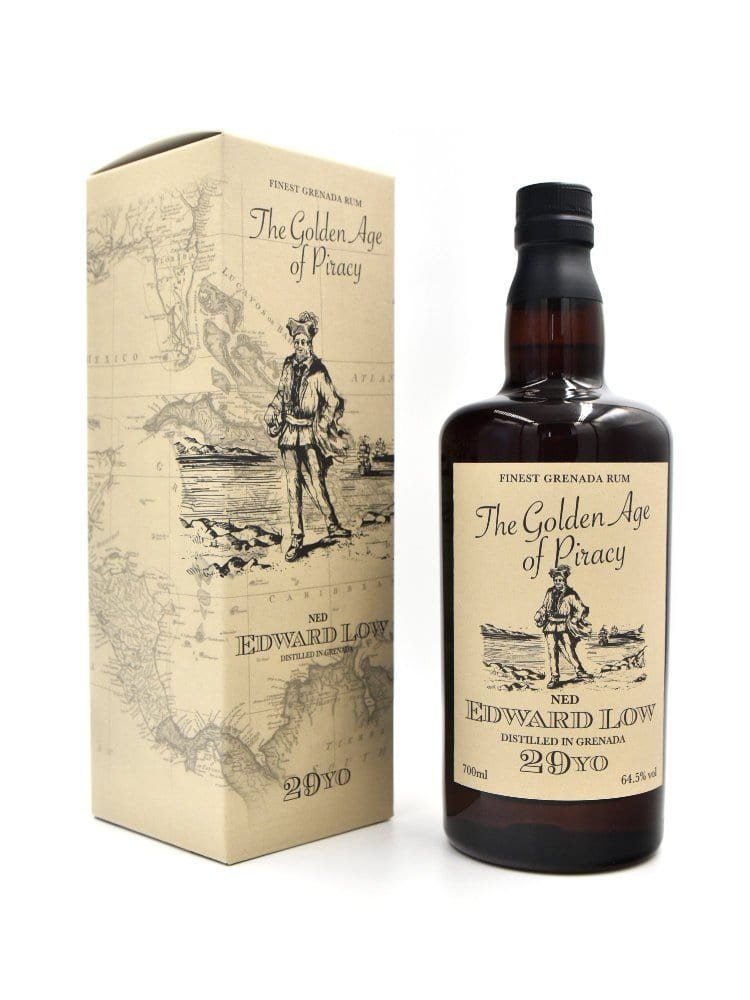Physical Address
304 North Cardinal St.
Dorchester Center, MA 02124
Physical Address
304 North Cardinal St.
Dorchester Center, MA 02124

Unlock the secrets of pirate culture by exploring rum’s pivotal role during the Golden Age of Piracy, uncovering how it fueled adventures and forged unity at sea.
Have you ever wondered what fueled the legendary tales of pirates during the Golden Age of Piracy? While many factors contributed to the infamous stories of daring sea adventurers, rum played a surprisingly pivotal role in shaping pirate culture. Today, let’s uncover why this drink was so essential and what it tells us about piracy during this captivating era.

The arrival of rum in the Caribbean is closely linked to the boom of sugar plantations. As you might know, sugar cane was a major crop in the region, and rum emerged as a byproduct of sugar refining processes. But how did this local spirit become synonymous with the world of piracy?
Rum was an affordable and abundant choice for sailors and pirates alike. Its long shelf life made it easier to store on ships, and it certainly contributed to maintaining the morale among crews during long and treacherous voyages. Pirates, being opportunistic, quickly adopted rum as their drink of choice as it offered both practical benefits and a refreshing escape from the hardships of sea life.
You may be surprised to learn that rum was more than just a beverage for pirates—it served as a social lubricant that united crews from diverse backgrounds. The Golden Age of Piracy saw individuals from various nations and walks of life working together, and rum was the common denominator that helped create camaraderie among the men.
Rum ultimately transformed these rogues into cohesive units, essential for the survival and success of their ventures.
In addition to its social functions, rum also acted as a form of currency. You might find it fascinating that pirates often used rum in their trade and negotiations. Whether bartering for goods, securing alliances with local communities, or persuading authorities to overlook their activities, rum was valuable in more ways than one.
Because of its widespread popularity and usefulness, rum had the power to open doors and pave the way for pirate operations throughout the Caribbean and beyond.
The notorious Pirate Code wasn’t just a Hollywood invention; it genuinely existed to maintain order and fairness among pirate crews. Rum plays a significant role in this code as well, impacting how discipline and rewards were managed.
One key aspect of pirate life was the sharing of booty, and rum was no exception. You’d be interested to know that crews often established detailed rules about how rum should be distributed during their voyages.
This equitable system helped maintain morale and leadership, essential for the survival of pirate crews.
Another surprising reality is how rum factored into maintaining discipline. Though it was a unifying force, excessive drinking could lead to chaos. As such, the Pirate Code included regulations about rum consumption to prevent insubordination and conflict.
These rules demonstrate the dual nature of rum as both a potential disruptor and a tool for governance.

Black Tot Day marked a turning point in naval history. Have you ever considered how rum’s decline reflected broader changes in maritime practices?
On July 31, 1970, the British Royal Navy officially ended its daily rum rations after centuries of use. Though this event occurred long after the Golden Age of Piracy, it’s an example of the shifting attitudes towards spirits at sea.
Pirates, too, faced growing restrictions on rum consumption as authorities sought tighter control over seafaring activities. By understanding these changes, we gain insight into the evolving relationship between sailors and spirits.
Is there a part of you that finds the enduring allure of pirate tales and rum captivating? Even centuries later, rum continues to be intertwined with the legends of piracy thanks in no small part to its cultural portrayal.
Pirate-themed books, films, and festivals often feature rum as a signature element, contributing to its mythical status. From the “Pirates of the Caribbean” franchise to celebratory events like International Talk Like a Pirate Day, rum remains an iconic symbol associated with the adventurous and rebellious spirit of pirates.
Beyond entertainment, rum has continued to make its mark on both local communities in the Caribbean and worldwide spirits markets. Modern rum distilleries honor the drink’s storied past while embracing contemporary innovations.
Despite the passage of time, the rich tapestry of pirate culture continues to inform and shape our present-day understanding of this fascinating historical period.

1. Why is rum so strongly associated with pirates?
Rum is closely associated with pirates due to its affordability, long shelf life, and role as a social and economic tool. It was vital not only for maintaining morale among pirate crews but also for facilitating trade and negotiations.
2. Did all pirates drink rum?
While rum was prevalent among Caribbean pirates, not all pirates necessarily drank it. The drink’s popularity varied based on location, availability, and personal preference, but it remained a significant element of maritime culture.
3. How did rum impact pirate discipline?
Rum played a dual role in discipline by fostering unity and serving as a reward while also necessitating regulations to prevent disruption. The Pirate Code often included rules about rum rationing and consumption to maintain order among crews.
4. Is the portrayal of rum in pirate movies accurate?
While pirate movies often exaggerate certain aspects for cinematic effect, elements related to rum—such as its prevalence and ceremonial usage—hold roots in historical fact. However, these portrayals are not always completely accurate.
5. What happened on Black Tot Day?
Black Tot Day, July 31, 1970, marked the end of the British Royal Navy’s daily rum rations. This event symbolized shifting attitudes towards alcohol at sea and echoes broader changes in naval practices.
Exploring the role of rum in pirate culture offers valuable insight into the Golden Age of Piracy, revealing how vital this drink was not only as daily sustenance but also as a unifying, economic, and disciplinary tool. The stories of pirates and their rum-filled adventures continue to capture our imagination, bridging the past with the present day. So, if you’re intrigued by tall tales and historical truths alike, the world of piracy never fails to offer fresh waves of discovery.
